When the topic of most aggressive dog breeds surfaces, it’s critical to approach it with a nuanced perspective. Often, what’s perceived as aggression is a manifestation of a dog’s past experiences, training, or sometimes just its sheer size and appearance. Delving deeper into each breed sheds light on these perceived behaviors.
Pit Bull Terrier: The Controversial Companion
Pit Bulls are frequently at the center of the aggressive dog debate. Their robust physique, a defining characteristic of this dog breed, has often been misused for dog fighting. However, these dogs were once revered as “nanny dogs” because of their gentle nature, especially around children. It’s crucial to distinguish between a breed’s potential and how they’re sometimes manipulated.

Rottweiler: Powerful yet Poised
Originating as cattle-protecting dogs, Rottweilers carry a legacy of being guardians. This dog breed’s inherent protective nature can sometimes be misconstrued as aggression. However, their loyalty and intelligence shine with proper socialization, making them formidable yet affectionate companions.
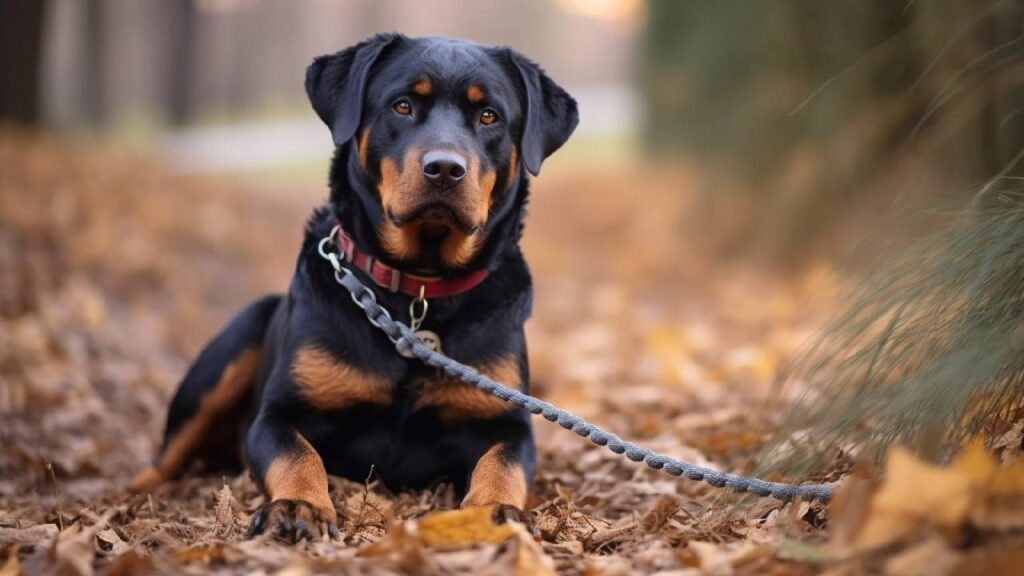
Doberman Pinscher: The Dual-Natured Defender
The sleek and powerful Doberman is a breed that demands respect. Their origins in guarding and police work are a testament to their alertness. However, alongside their guarding tendencies, they possess a gentle side, especially when raised in loving environments.

German Shepherd: The Intelligent Enforcer
As one of the most popular dog breeds globally, German Shepherds are multifaceted. Their roles range from police work to family companionship. Their assertiveness can sometimes be perceived as aggression, but it’s their keen intelligence and protective nature at work.

Chihuahua: Small Size, Big Attitude
One might question the inclusion of this diminutive breed in an aggressive dog list. However, Chihuahuas can be quite aggressive, displaying a large personality that contrasts their size. This dog breed’s assertiveness is more about attitude than actual aggression.

Siberian Husky: The Misunderstood Musher
The Husky’s wolf-like features can be intimidating, but their aggression is often just high energy and playfulness. This dog breed, famous for pulling sleds in harsh Arctic conditions, needs ample exercise and engagement to channel its energy positively.
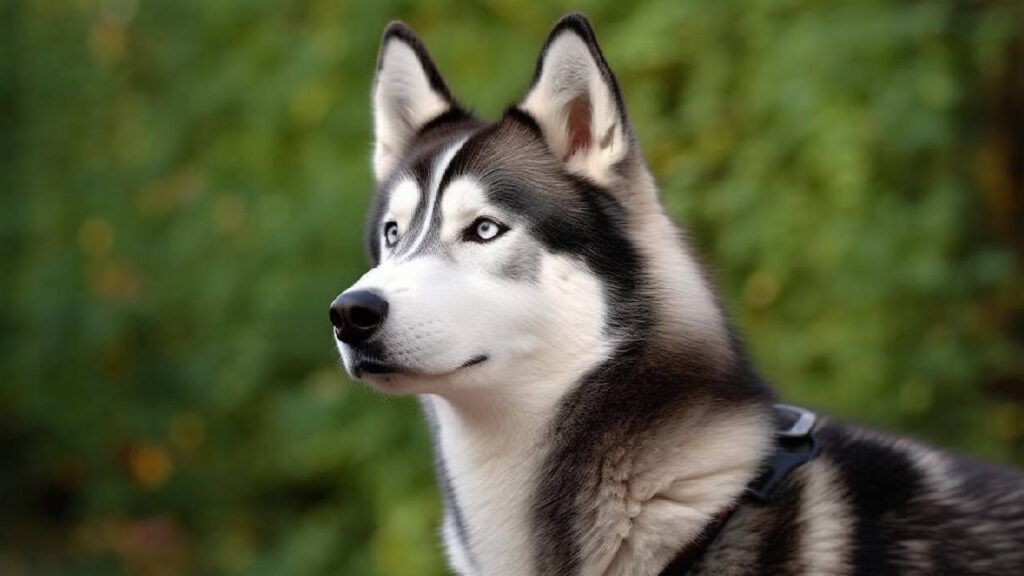
Alaskan Malamute: The Strong-Willed Worker
Malamutes, like Huskies, are often misjudged because of their formidable strength and endurance. This dog breed was bred for heavy lifting, and their independent nature can sometimes be mistaken for stubbornness or aggression.

Chow Chow: The Reserved Royal
The Chow Chow’s lion-like mane and aloof demeanor often make people wary. This ancient Chinese dog breed was once a royal guard, and their discerning nature can be mistaken for hostility when they’re just cautious.
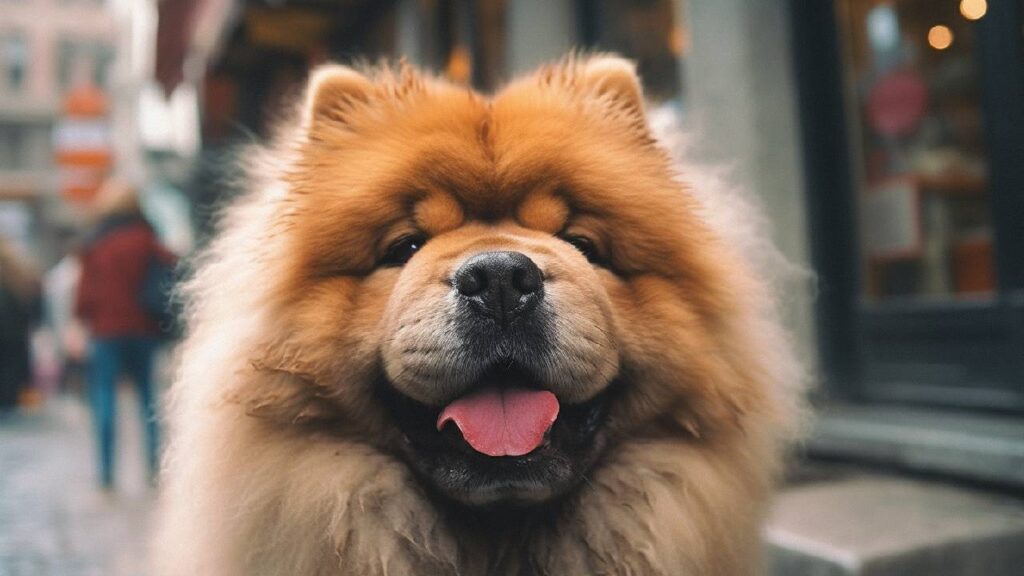
Akita: The Proud Protector
Akitas exudes a silent strength. This dog breed, native to Japan, is protective and reserved. Their loyalty is unmatched, but they can be wary of strangers, leading to the perception of aggression.

Boxer: The Playful Powerhouse
Boxers are a bundle of energy. Their name, stemming from their playful “boxing” gesture, gives insight into their boisterous nature. While not aggressive, this dog breed’s zest for life can sometimes be overwhelming for some.

Great Dane: The Towering Teddy
The sheer size of Great Danes can be intimidating. But this dog breed, often dubbed the “gentle giant,” seeks affection and companionship. It’s vital to look past their size and into their gentle hearts.
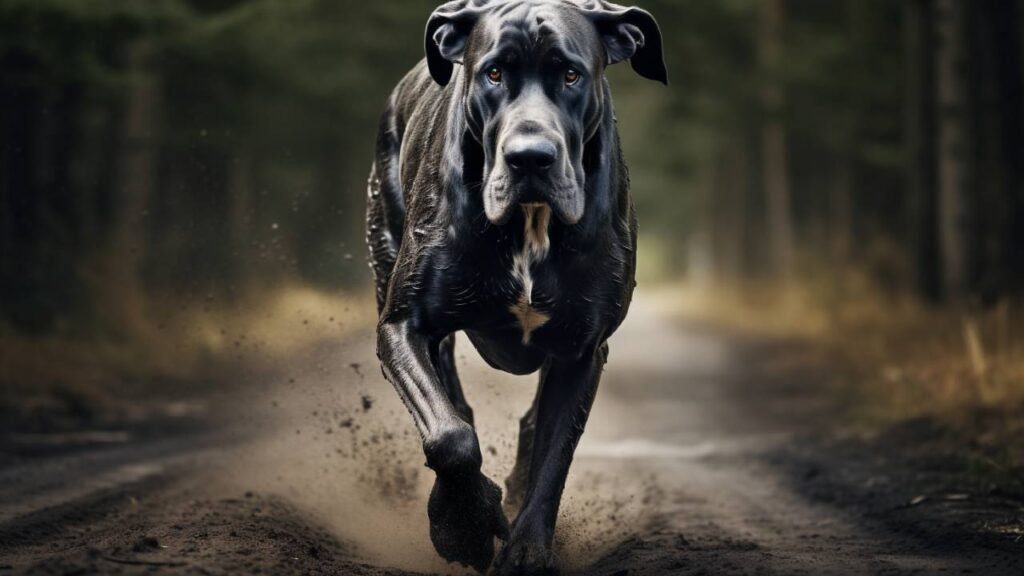
Bullmastiff: The Silent Sentinel
Bullmastiffs, with their impressive build, are natural protectors. This dog breed was designed to guard, and while they’re calm and companionable, their protective instincts can kick in when they sense threats.
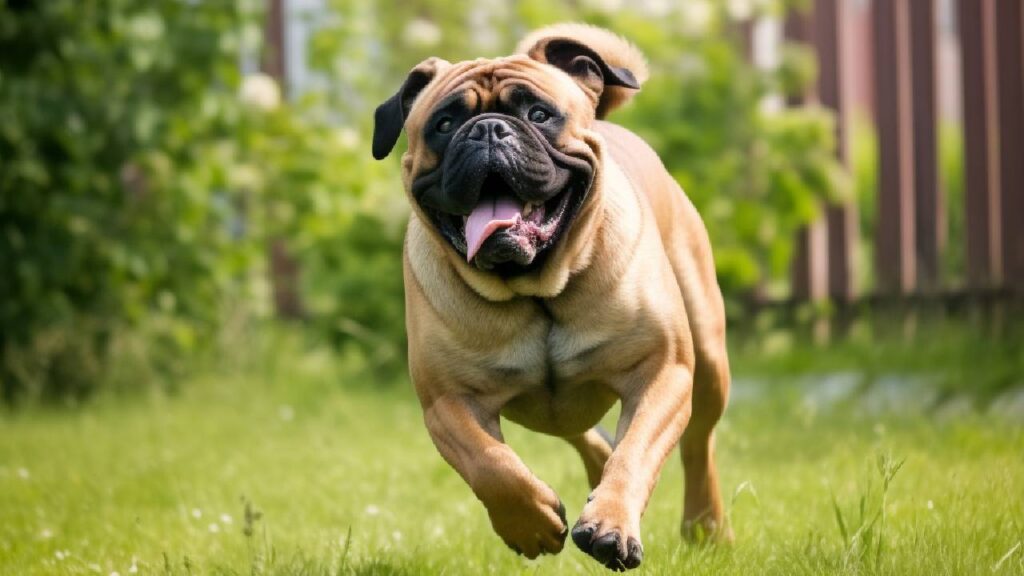
Concluding Insights: It’s easy to label, but understanding the intricacies of each dog breed helps dispel myths surrounding their temperaments. The term “aggressive” is often misapplied, rooted more in human fear and misunderstanding than in the genuine nature of the breed. Each dog, regardless of its breed, is unique deserving of patience, understanding, and love.
FAQs
Are there specific laws or regulations surrounding these so-called aggressive breeds?
Yes, in certain areas, breed-specific legislation (BSL) regulates or even bans the ownership of breeds deemed dangerous or aggressive. Always check local regulations and bylaws before adopting or buying a dog, especially if it belongs to one of these frequently stigmatized breeds.
Can early socialization reduce aggressive tendencies in these breeds?
Absolutely! Early socialization with various people, animals, and environments can play a pivotal role in molding a dog’s temperament. It helps reduce fear-based reactions, making dogs more adaptable and less likely to exhibit aggressive behaviors.
What’s the difference between protection instinct and aggressive behavior?
A protection instinct is a natural behavior where a dog protects its territory, owners, or itself. It’s usually a controlled response. Aggressive behavior, on the other hand, is often unpredictable and can occur without a clear threat.
How does neutering or spaying impact a dog’s aggressiveness?
Neutering or spaying can reduce hormone-driven behaviors, which can, in some cases, include aggression. While it’s not a guaranteed solution, it can reduce aggressive tendencies, especially in males.
If I adopt an older dog of a so-called “aggressive” breed, is it too late to train and socialize them?
It’s never too late! While early socialization and training are ideal, older dogs can still learn and adapt. It might require more patience and consistency, but older dogs can exhibit behavioral changes with time.


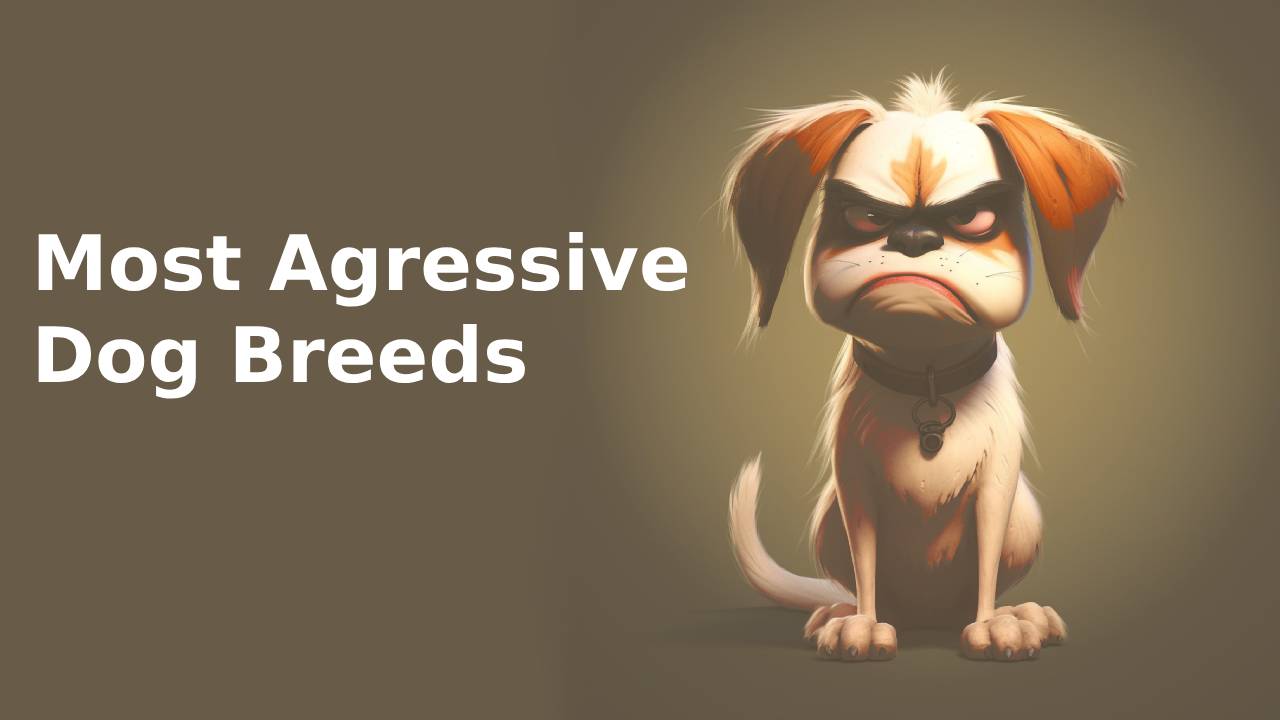


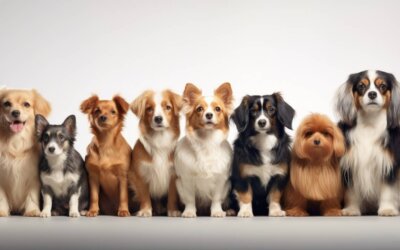

0 Comments